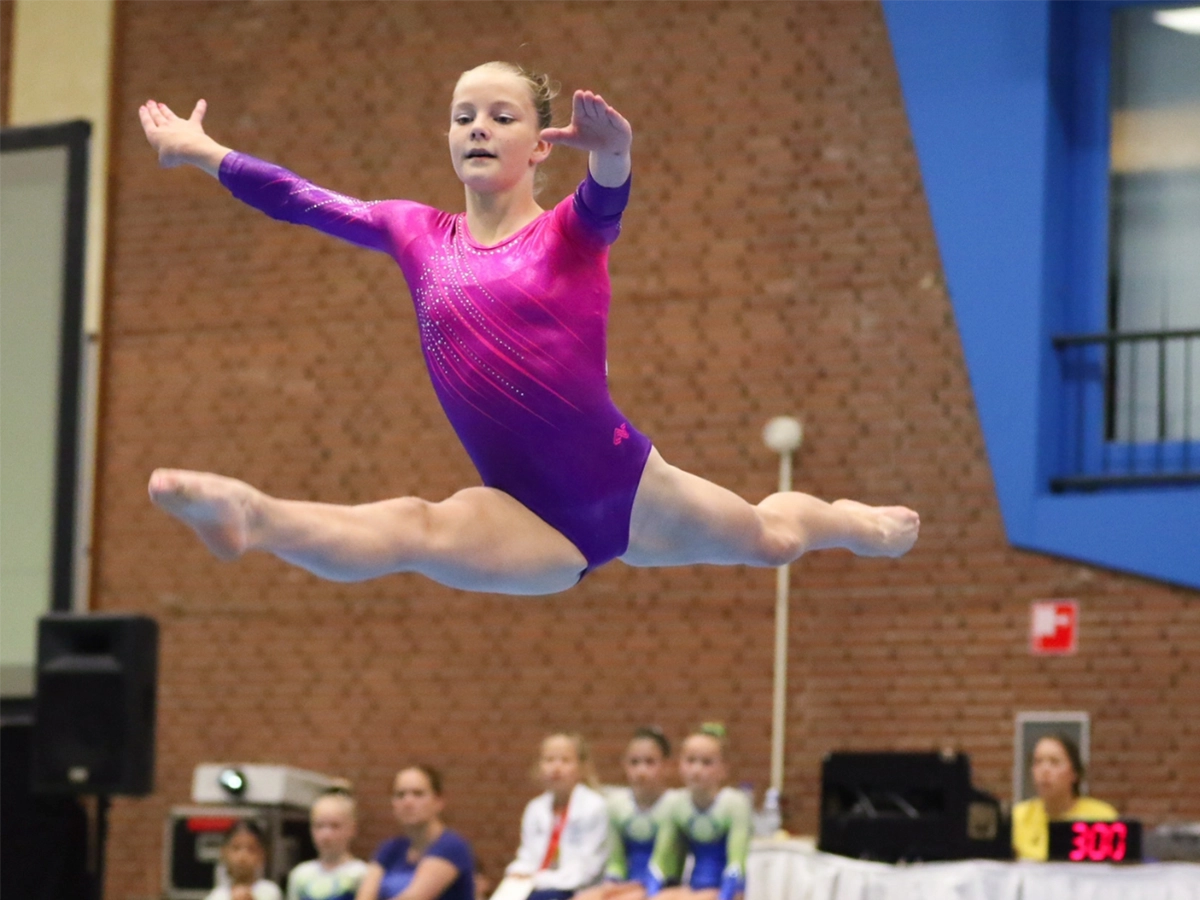Muscle is a soft tissue in the human body which consumes more energy than other tissues- and that makes using them essential for weight loss. Muscle also is critical to our aging process because muscles help pull on the bone by way of the tendon – creating bone turnover – and working to prevent osteoporosis. Muscle also helps us to prevent falling.
Because of these key roles for muscles, building muscle is vital to us and understanding if swimming builds muscle is important – especially if you only swim for exercise.
- Theory is that mechanical tension, metabolic stress, and muscular damage are the three mechanisms that exist for muscle growth.
- Each mechanism influences the others.
- How important muscle is to swimmers is a very individual thing.
For any sport it’s obvious why muscle is important – after all – where muscle is you will typically also find strength.
But for swimmers, it’s unique. Muscles don’t correspond with speed and even strength doesn’t correlate with performance. Even with this said, it IS important to understand these three mechanisms for muscle growth since building swimming-specific strength is an obvious necessity.
So what are the three muscle building mechanism and how to they relate to swimmers? Tension, Metabolic stress and Muscular damage.
Generally – to gain strength in a muscle, you must overload it with added tension, forcing it to grow and adapt to the stress. Tension is the main mechanism for muscle size gains, but not the only one. Others are metabolic stress and muscle damage.
Mechanical tension is typically described as muscle feeling like it is going to rip off the bone. Different types of tension do exist:
You can stretch it passively (without letting it contract or passive elastic tension) or by placing tension a muscle by flexing it as hard as possible (by using active tension or isometric contraction.)
When you perform a movement through the full range of motion (like in swimming or almost any sport,) you will use a combination of active and passive tension. In fact, in swimming, the mechanical tension is relatively low, but the overall volume is high. The combination of low intensity and high volume produces moderate mechanical tension.
Metabolic stress is when your arms feel like bricks and your stomach is turning – perhaps from performing something like 10 x 100 sprints on 2:00. It’s a frequent feeling for swimmers since metabolic stress is the sport’s main vehicle for muscle growth.
Muscular damage generally peaks 48 hours after exercise because of (DOMS) delayed onset muscle soreness. The “damage” is believed to happen when stretching a muscle while it’s being activated. Muscle damage is also spiked by exercise that is done at the beginning of the season or trying something new.
The three mechanisms are interrelated. It is really uncommon to perform only one of them. For example, if you’re performing the 10 x 100 sprints, you’ll have high metabolic stress, accompanied with low muscular damage and tension. And if this 10 x 100 series was done at the beginning of the season, then the amount of damage would be greater – and that would make the activity even more anabolic (metabolic) activity.
How does this relate to swimming?
There are lots of elite swimmers that don’t have great muscle mass. This is because swimming is a highly skilled sport, where the neural and biomechanical skills are the greatest contributors to create force. Many times, swimming uses activities that are not anabolic and allow improvements with minimal muscle growth. This can be a continuous process and it can even be argued that even elite swimmers never reach the “ideal” biomechanics. In other words, you can set goals but may never reach your ultimate maximum potential in muscular performance especially through swimming alone. If you are seeking more muscle, keep the mechanisms of building muscle in mind and pick swimming sets accordingly – otherwise you will need to perform resistance training to build muscle mass. Most swimmers don’t necessarily need to build more muscle, but need to improve their swimming biomechanics to increase speed.
Sources: SwimmingScience.net, Gary Mullen, Swimming Expert














